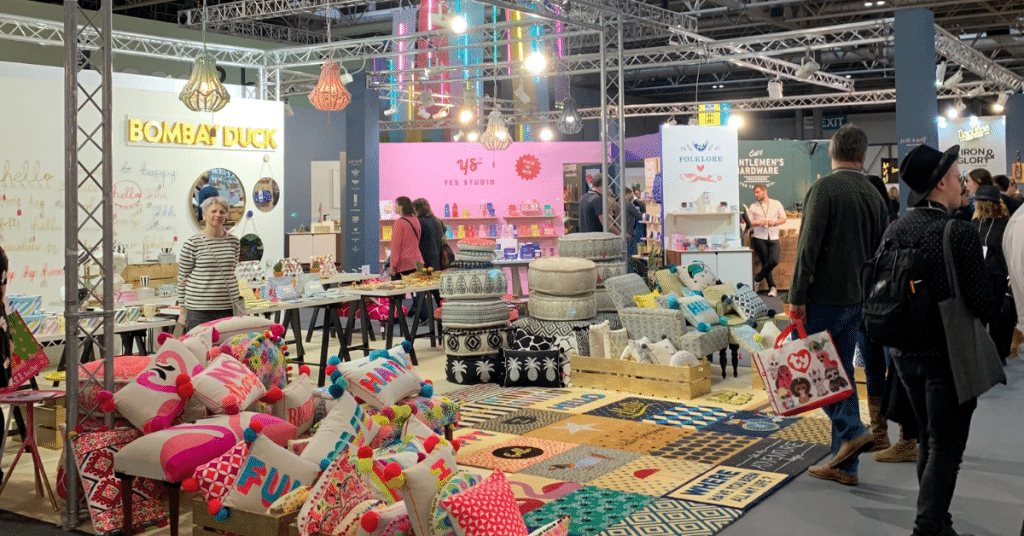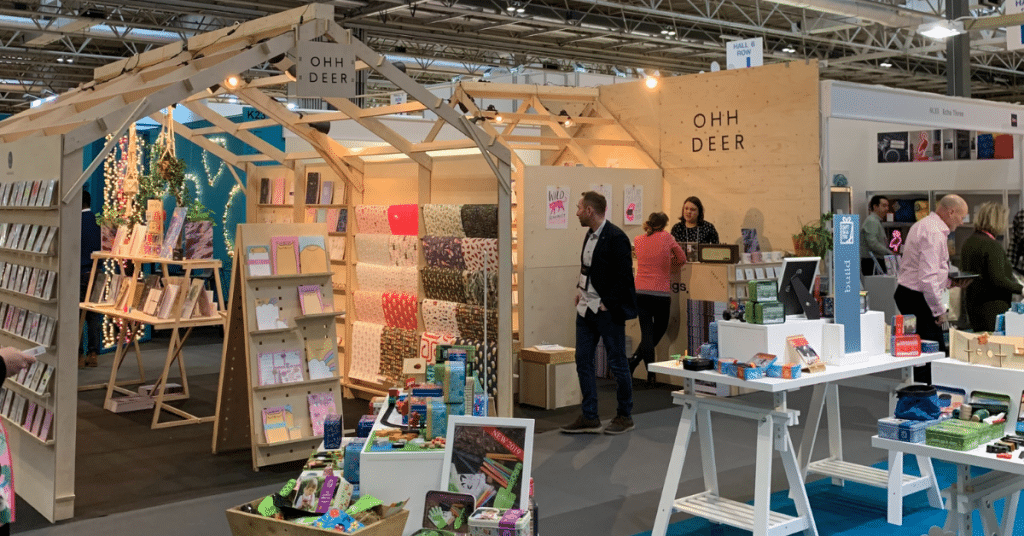Trade shows are a great way for small businesses to be seen by bigger brands, to engage face-to-face with potential buyers and to build up their industry connections.
After a pandemic-induced hiatus, such events are expected to resume in the second half of this year. New brands are once again turning to Small Business Collaborative for guidance on how to choose and prepare for exhibiting at trade shows.
Thinking about what to take and how to conduct yourself can be nerve-wracking, but being prepared will help you make the most out of the time and money you invest. If you’re new to trade shows and are thinking of exhibiting at one, keep on reading for some tips and expectations to consider.


